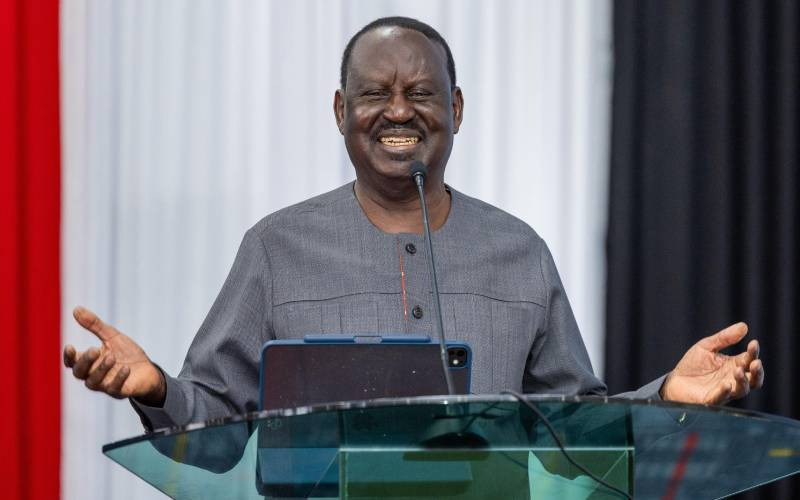US-Japan Travel Boom Lifts Airlines, With Over Six Percent Growth in Flights This Summer Amid Domestic Decline - Travel And Tour World
Saturday, June 28, 2025

As the summer travel season unfolds, the surge in US-Japan flight bookings is emerging as one of the few bright spots for American airlines, offering a much-needed boost in the wake of a drop in domestic air travel demand. According to aviation analytics firm OAG, over 1.5 million seats are scheduled for flights between the United States and Japan during the months of June, July, and August — marking a 6.4% increase from last year. This uptick reflects a growing trend of Americans heading to Japan, making it one of the hottest international destinations for US travelers this summer.
Tokyo, the vibrant capital of Japan, has become the second most popular international destination for US travelers this summer, following London and outpacing Paris. Kayak, an online travel booking site, highlights Tokyo as a must-visit city, reflecting the growing demand for flights to the Japanese capital. This surge in demand for Japan-based trips has been welcomed by US airlines, particularly United, which has taken the lead in serving this route. United’s Chief Commercial Officer, Andrew Nocella, confirmed the increasing trend, noting that the airline’s Japan-bound flights have become one of the “hottest destinations” for the summer. Despite the surge in bookings, Nocella expressed concerns about whether the airline will have enough seats to meet demand.
United’s rise in flight capacity to Japan has placed it as the leading US carrier on this route. However, other major airlines, such as American Airlines and Delta, have not been left behind. Both carriers have significantly ramped up their Japan services, adding more flights and seats to the Tokyo route. As American Airlines increases its seating capacity by 11% on flights between Dallas-Fort Worth International Airport and Tokyo Narita, and Delta follows suit with nearly a 7% rise in its own services, the market is certainly competitive.
One of the key factors driving the demand for US-Japan travel is the decreased cost of visiting Japan. Historically considered a destination out of reach for many American tourists, Japan is now seeing an influx of travelers thanks to lower airfare prices and favorable foreign exchange rates. The yen has depreciated significantly against the US dollar in recent years, with \$1 now converting to almost 146,000 yen — a stark contrast to June 2019 when the same amount was worth roughly 108,000 yen. This shift has made Japan more affordable for Americans, allowing for longer stays and more frequent visits.
The rising value of the dollar against the yen has been a major catalyst in the increasing number of American visitors to Japan. Data from the Japan National Tourism Organization reveals that US visits to Japan surged by almost 30% through May compared to the same period last year, with a significant number of travelers choosing longer stays. Conversely, the number of Japanese tourists heading to the US has seen more modest growth of just 3.5% over the same period, signaling a one-sided tourism boom.
While traffic between the US and Japan is still below pre-pandemic levels, it has rebounded swiftly over the last two years. This resurgence has come at a time when US domestic air travel has faced significant setbacks, notably following a dip in demand triggered by political and economic uncertainty, including the looming threat of trade wars. For US airlines, the booming Japan market couldn’t have arrived at a better time. With domestic bookings slumping, international routes, particularly to Japan, have provided a financial cushion.
Despite this surge, the domestic flight market in the US remains sluggish. Domestic flights have faced difficulties in recovering fully from the post-pandemic boom, with many airlines scaling back or even withdrawing their full-year financial forecasts due to weaker-than-expected demand. This gap in demand has affected airlines such as JetBlue, which recently reported the need to cut costs and reduce flight offerings in response to the downturn in US domestic travel.
This shift in US travel patterns also comes at a time when demand for European destinations is starting to wane. Travel capacity from the US to the UK and Germany has seen a decline, with summer bookings down by 1.8% to Great Britain and 0.4% to Germany. A similar trend is being observed in other popular European destinations, with travelers increasingly turning their attention to other global destinations like Japan. The allure of Tokyo’s mix of rich cultural heritage, technology, and contemporary attractions has proved too compelling for many.
American Airlines has been quick to adjust to the growing demand for travel between the US and Japan. The airline has ramped up its seat capacity by 11%, aided by the deployment of larger aircraft like the Boeing 777-200 on routes between Dallas-Fort Worth and Tokyo. Delta, meanwhile, has increased its seat offerings by 7%, including a significant 20% increase in its premium cabin offerings, such as Delta One and Delta Premium Select. This increased capacity indicates the strength of the demand and the airlines’ commitment to maintaining a competitive edge on these lucrative international routes.
However, despite the general uptick in capacity, United Airlines has opted to maintain its current level of flights to Japan, even though its bookings have increased by 15% compared to 2024. United operates as many as 20 daily flights between the US and Japan, with numerous daily connections to both Tokyo and Osaka.
The effect of the weaker yen cannot be overstated. With the yen hovering near its lowest levels in decades, it has become a golden opportunity for American travelers to explore Japan without breaking the bank. Long-haul flights to Asia, including Japan, have also seen a dip in price — approximately 11% lower this summer compared to last year. Average round-trip airfare to cities like Osaka has decreased by 9%, while flights to Tokyo are about 3% cheaper than in 2024.
For young travelers like Los Angeles-based Brian Wu, the combination of cheaper flights and favorable exchange rates makes Japan an increasingly accessible destination. Wu, who has already visited Japan once this year, plans to make two additional trips this fall, finding the prices competitive when compared to domestic US flights.
The uptick in travel between the US and Japan represents a remarkable shift in American travelers’ preferences, with Japan now firmly in the spotlight for summer travel. The combination of lower costs, an advantageous exchange rate, and an overall desire for new experiences has fueled a resurgence in interest for this culturally rich and vibrant destination. For US airlines, the burgeoning market provides a much-needed revenue boost amid ongoing domestic travel struggles, ensuring that the Pacific routes remain a key focus for major carriers like United, American, and Delta. As summer rolls on, the US-Japan travel corridor shows no signs of slowing down, offering exciting opportunities for travelers and airlines alike.
«Enjoyed this post? Never miss out on future posts by following us»












